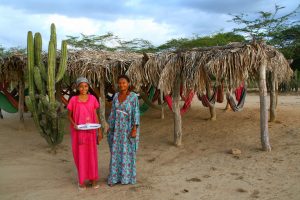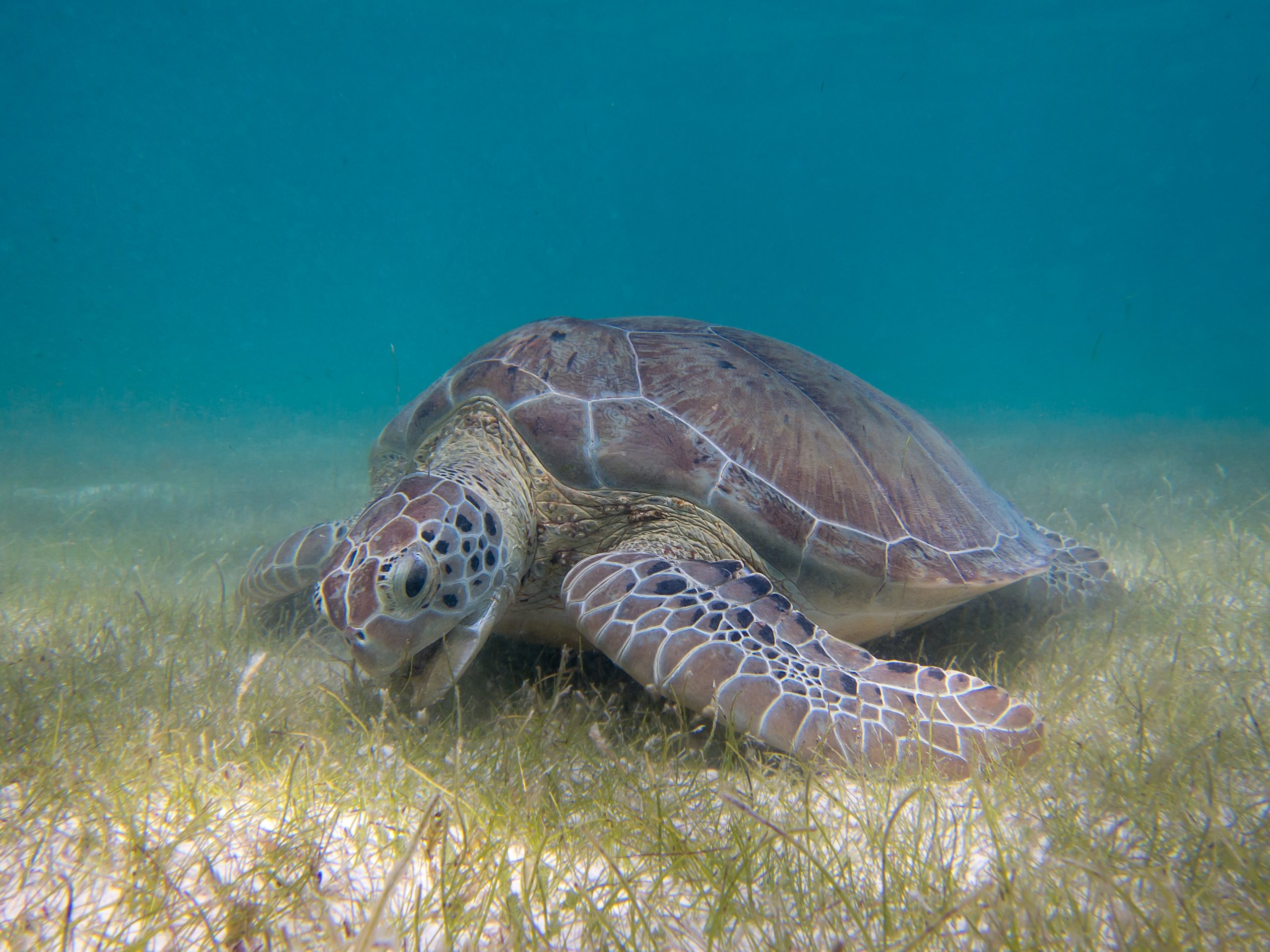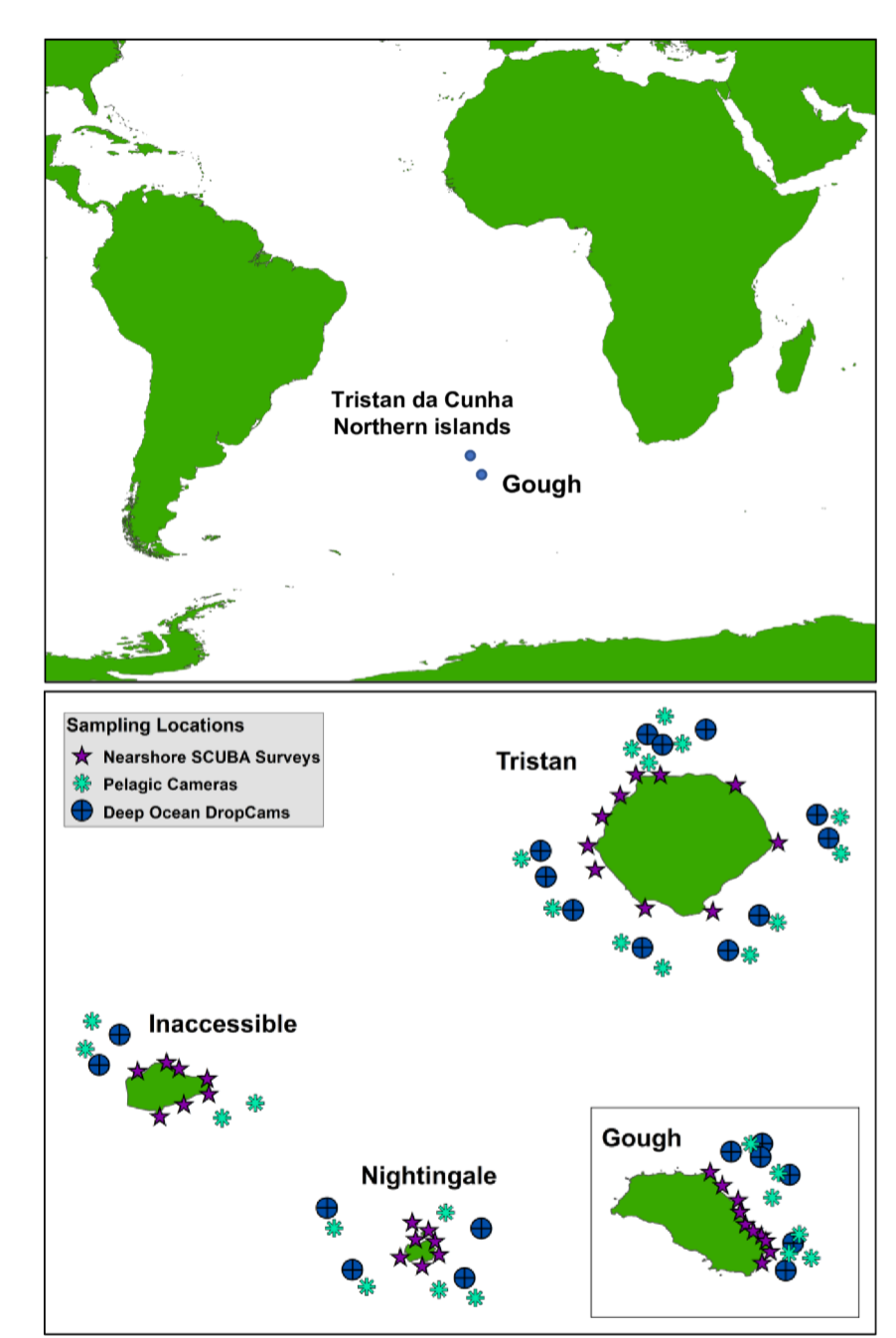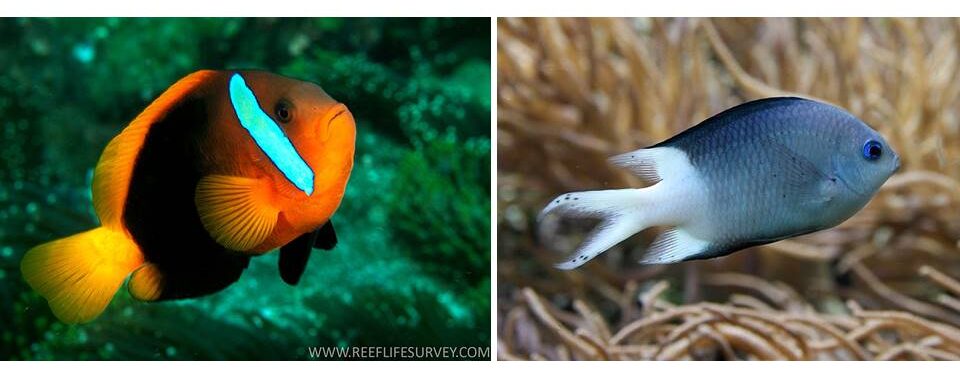Vásquez-Carrillo, Catalina, and Manuela Peláez-Ossa. “Insights into the ecology of sea turtles and the fisheries of eastern Guajira from the traditional knowledge of fishermen.” Fisheries Research 238 (2021): 105915. https://doi.org/10.1016/j.fishres.2021.105915
High-TEK Solutions:
In recent years, many scientists have turned toward the traditional ecological knowledge (TEK) of indigenous groups as a way to both include indigenous people in the scientific process and make informed decisions for implementing policy. For the better part of the last several centuries, indigenous people have typically been excluded from decisions on policy implementation and have been underrepresented in STEM research. However, calls from activists, policymakers and indigenous scientists have brought attention to the fact that TEK (also called socio-ecological knowledge) has a wealth of information and valuable insights to share with the scientific community. While this lack of indigenous participation has mostly been highlighted by scientists in America, Canada and Australia, scientists from other countries have also made strides to include indigenous groups in studies. This study carried out in Colombia shows just how valuable TEK can be for monitoring sea turtles and the state of regional fisheries.
The Study:
The researchers teamed up with several members of the Wayuu community who have been living on the Guajira peninsula for over a thousand years. The Wayuu are the largest ethnic group in the area and, due to their dependence on the ocean, developed complex cultural practices related to sea turtles. Since sea turtles are so important to the Wayuu, they also developed TEK that allows them to actively monitor sea turtles and their regional fisheries. As climate change intensifies, they face increased risk of drought and loss of biodiversity that they have traditionally depended on for subsistence. While the researchers were primarily interested in monitoring sea turtles, they also wanted to record, contextualize and determine the accuracy of TEK from the Wayuu so that it could be integrated into both policy and fishery management across the region.

The team conducted the study in the Guajira-Tairona marine ecoregion, which has a lower oceanic temperature than the surrounding area due to coastal upwelling during the first several months of the year. In order to gather TEK from the Wayuu, the researchers talked to 48 fishermen from several villages in the ecoregion. They asked questions regarding the state of the fisheries, the fishing methods used, and the types and behaviors of turtles they observed while fishing. Some of the fishermen also allowed the researchers to directly observe turtles caught during fishing activities.

The results:
The fishermen reported seeing four types of sea turtles during the study period, with the green sea turtle being the most common. In addition, a few reported seeing a fifth type of turtle over the course of their lifetimes, which the researchers thought could be the Olive Ridley turtle based on the description the fishermen gave. This turtle has only been noted incidentally in other studies but the sightings could indicate a previously unknown population of these turtles in the region. The fishermen were also able to report the frequency and seasonality of the turtles, which provided valuable insights about turtle life stages in the region. The anecdotes and reports were corroborated by direct observation and several other previous studies and shows that TEK can be an accurate source of ecological data.

Integrating TEK:
With the intensifying effects of climate change (such as increased sea surface temperatures and ocean acidification), the researchers are concerned about the future of the Wayuu people and the state of the ecoregion. Since the Wayuu are so dependent on the ocean for subsistence, they face an increased risk from any changes in their regional fisheries. The researchers recommend consulting with indigenous groups for policy implementation and using TEK in future studies, especially ones that require long term monitoring. They believe this will promote equitable stewardship of the marine ecoregion while supporting indigenous communities both economically and culturally.
If you want to learn more about how scientists are using TEK and involving indigenous groups, check out these resources:
Combining western science and TEK
I recently graduated with a degree in Environmental Earth Science and Sustainability from Miami University of Ohio, and I recently started my MSc at the University of Victoria. While my undergraduate research focused on biogeochemical cycles in lakes and streams, I am excited to pursue my MSc in the El-Sabaawi Lab and explore how urbanization might impact fisheries. In my free time, I love to travel to somewhere off the beaten path, read fantasy novels, try new recipes, and plan my next trip to the ocean.



